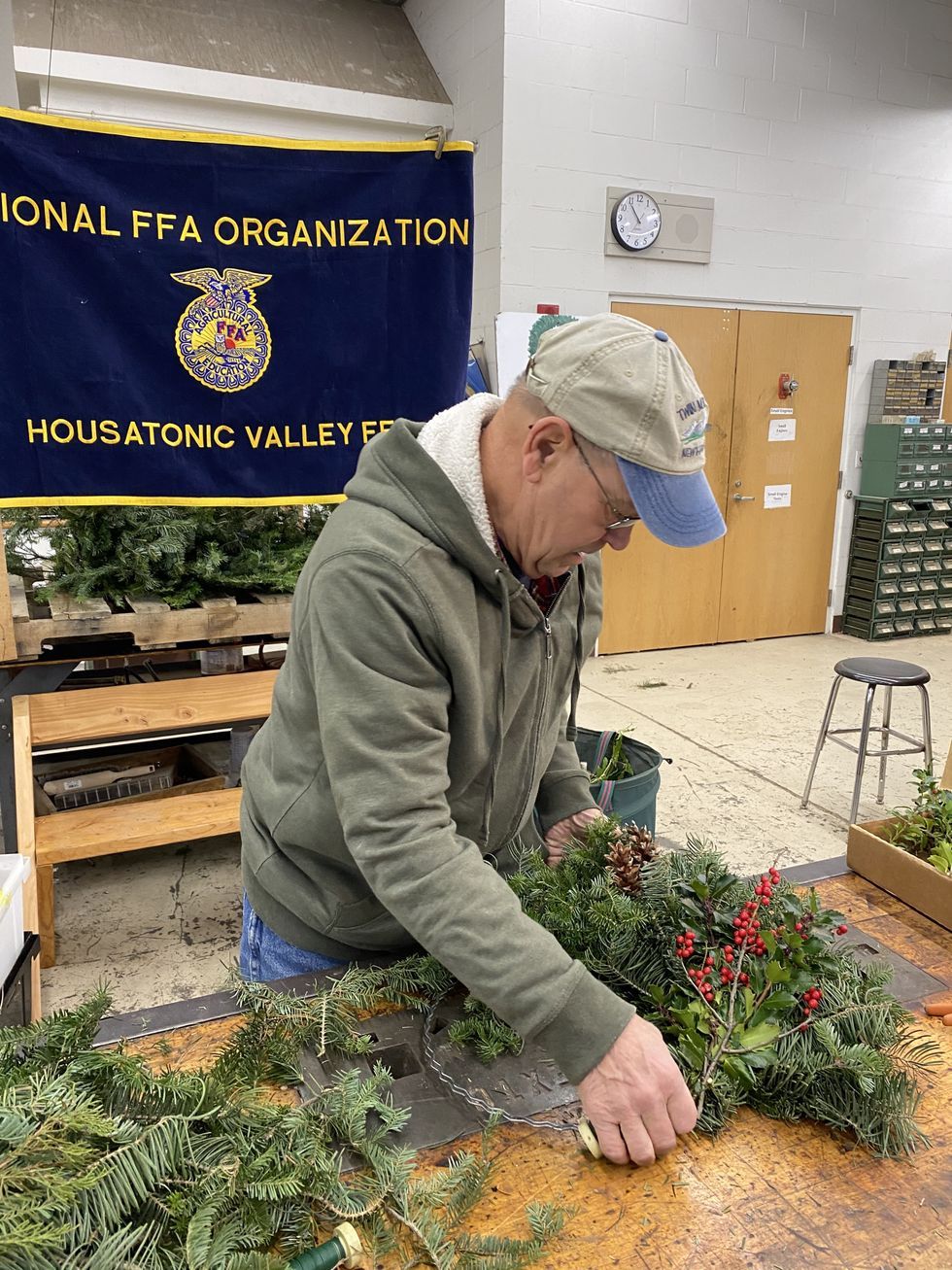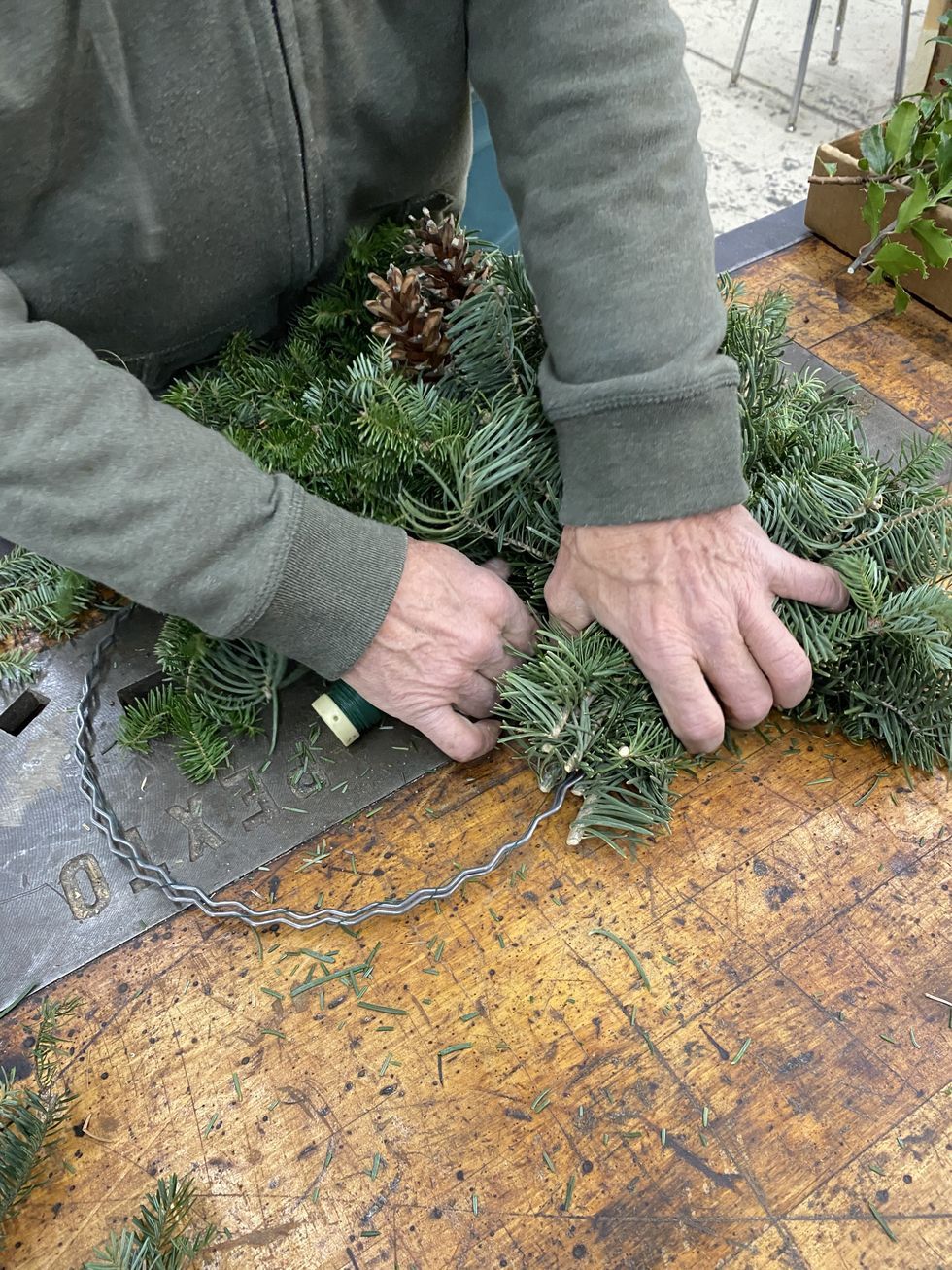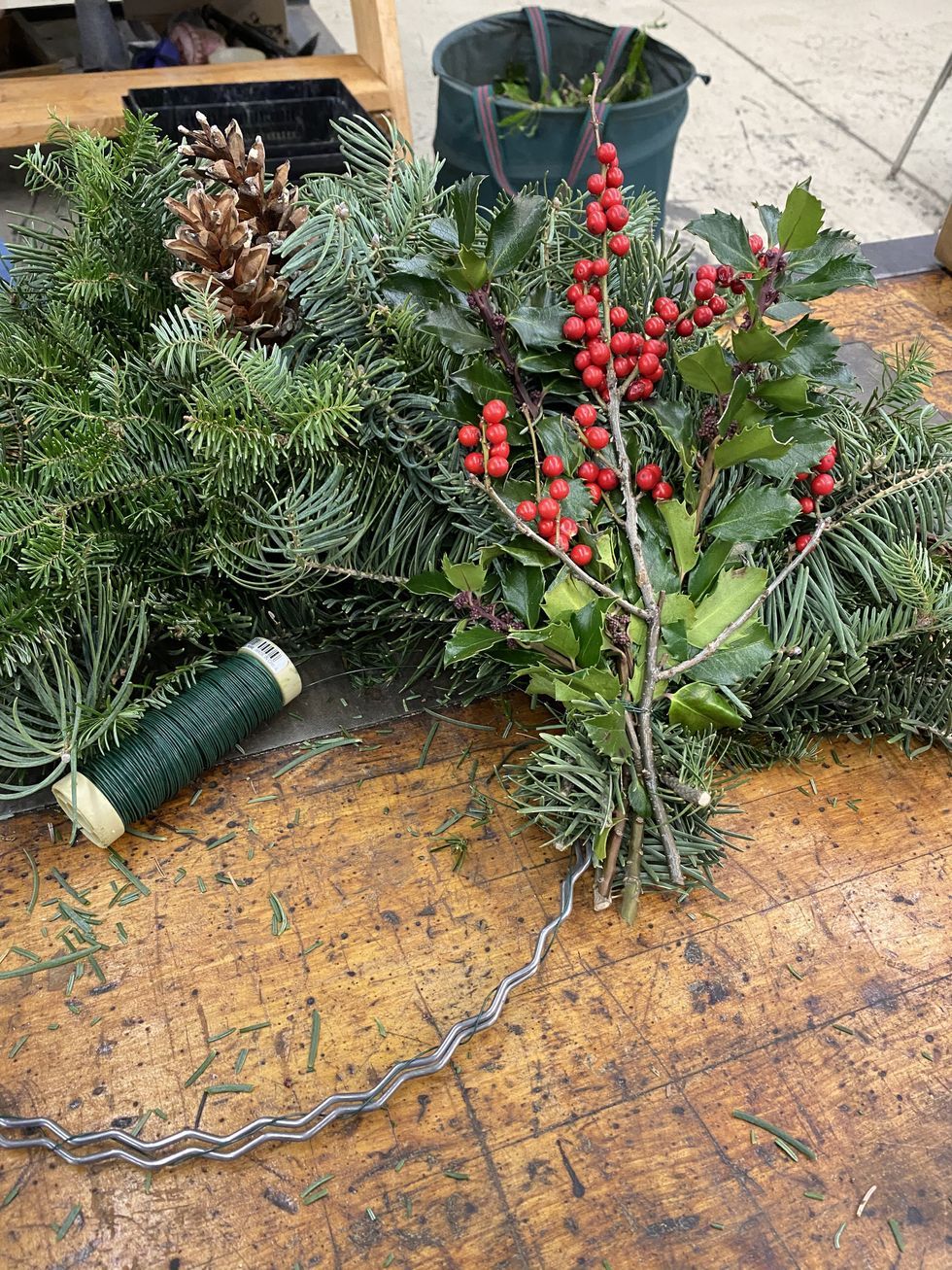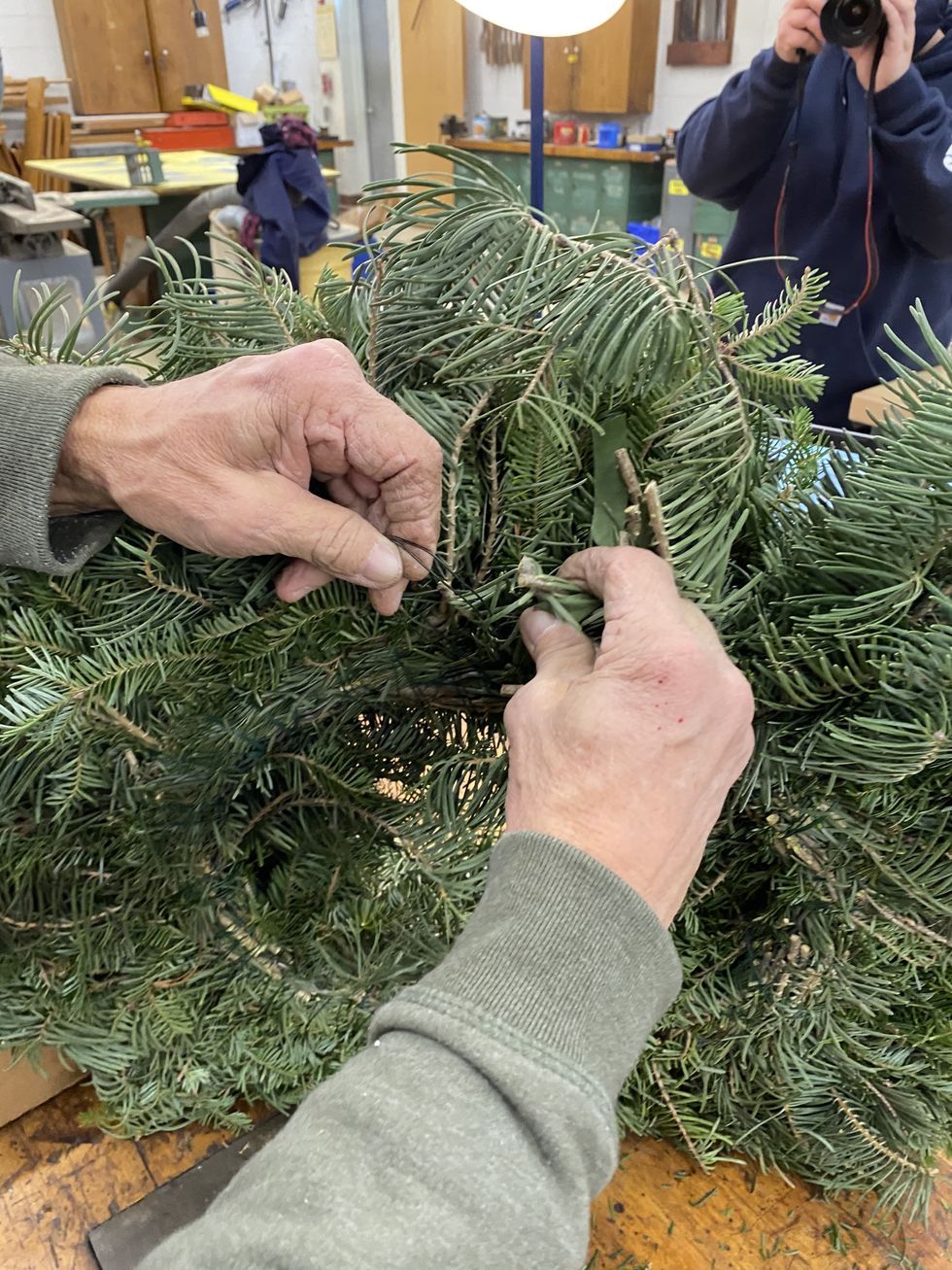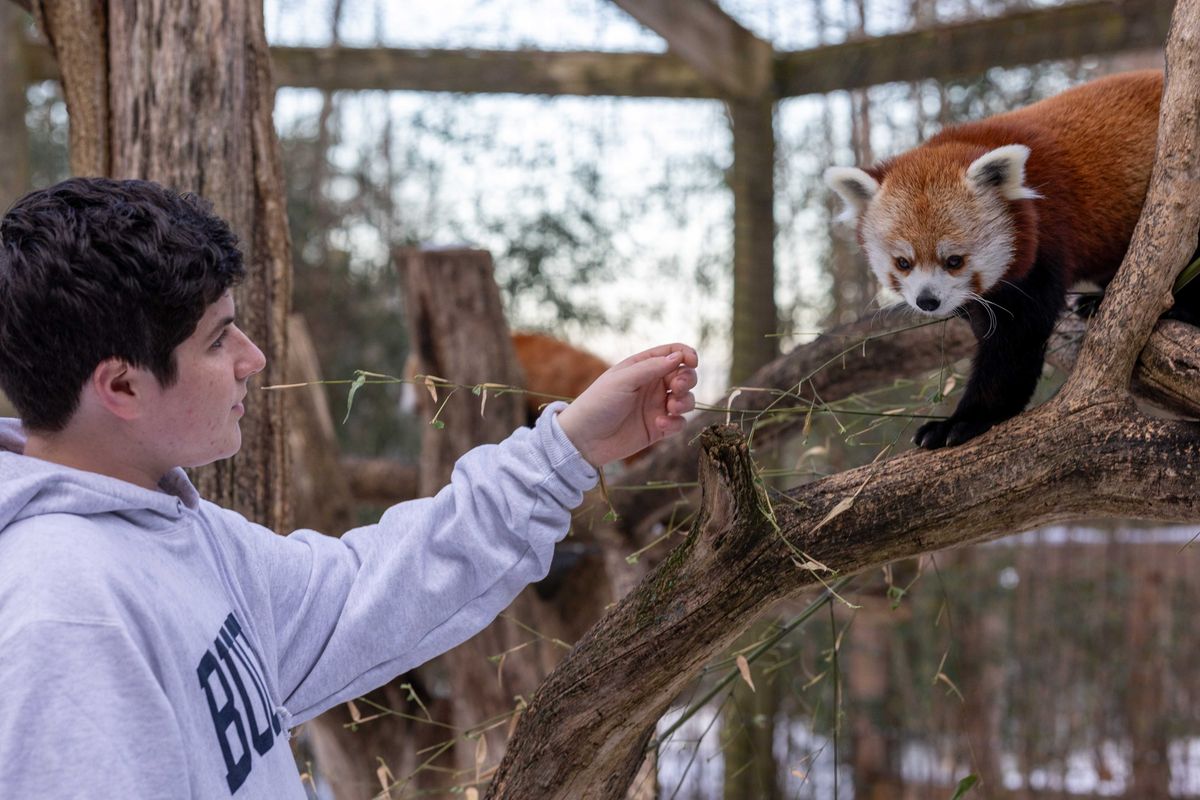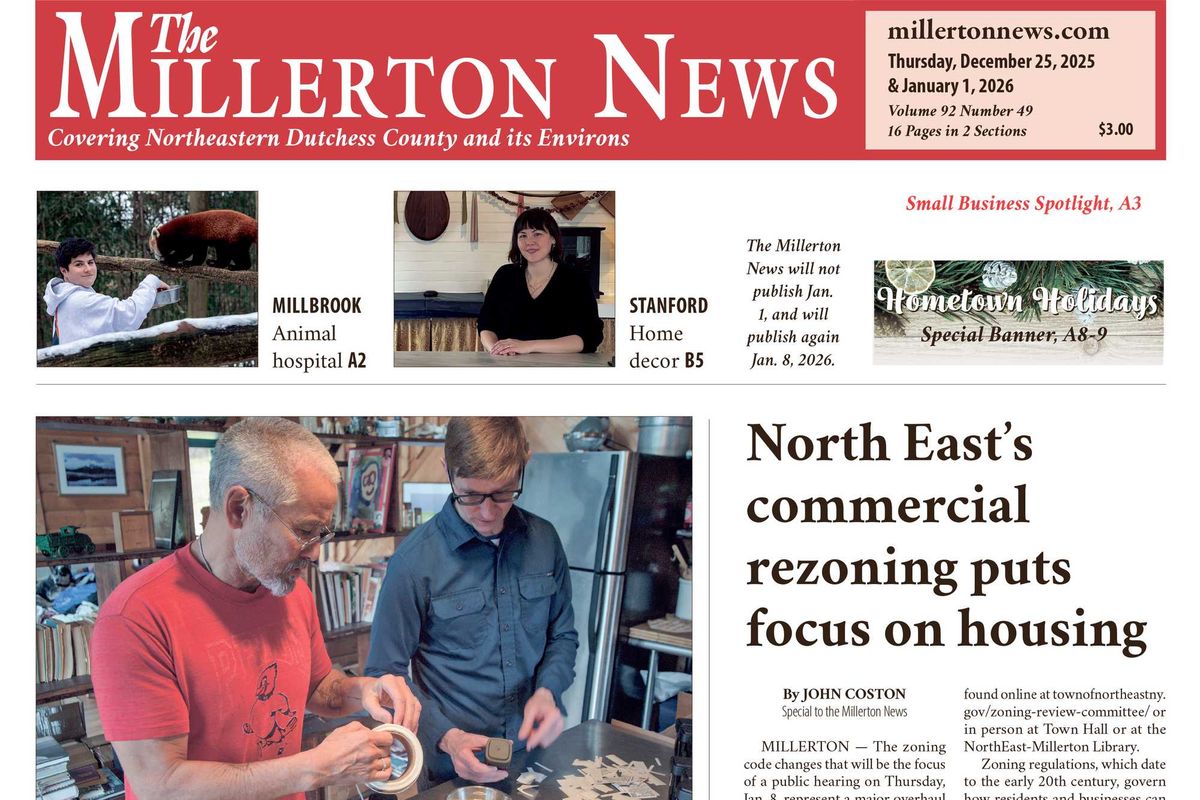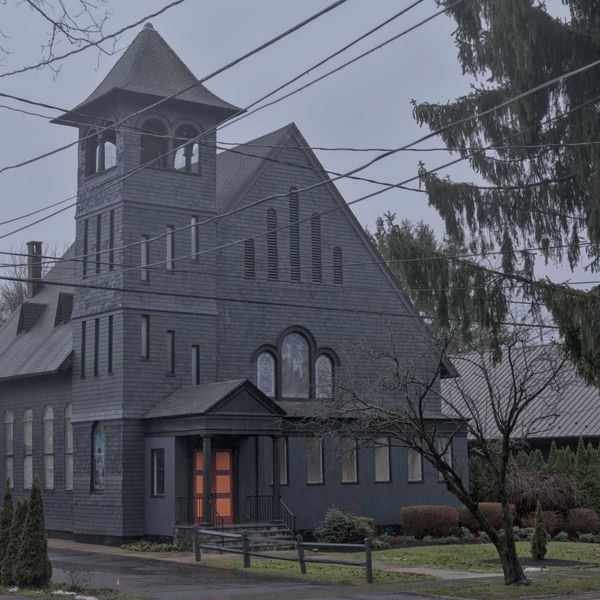Latest News
Sharon Hospital in Sharon, Connecticut.
Archive photo
SHARON — Northern Dutchess Paramedics will cease operating in northwest Connecticut at the start of the new year, a move that emergency responders and first selectmen say would replace decades of advanced ambulance coverage with a more limited service arrangement.
Emergency officials say the change would shift the region from a staffed, on-call advanced life support service to a plan centered on a single paramedic covering multiple rural towns, raising concerns about delayed response times and gaps in care during simultaneous emergencies.
The decision became known on Dec. 11 when communities were informed that NDP’s service would end as of Jan. 1, according to Andrea Downs, president of the Falls Village Volunteer Fire Department and an employee of the organization.
Founded in 1994 and based in Rhinebeck, New York, NDP has provided advanced and basic life support ambulance services to communities in Dutchess and Columbia counties in New York, as well as parts of Litchfield County, for nearly three decades.
How the change came about was outlined by Al Tortorella of Sharon, also an employee of NDP.
Tortorella said every Connecticut municipality is required to have an advanced life support provider. For the past 28 years, Sharon Hospital has fulfilled that requirement by signing an annual hospital-sponsored agreement with NDP. In recent years, the agreement was signed by Dr. Ronald Santos, head of the hospital’s emergency department, under whose medical license NDP operates.
When NDP recently approached Santos to renew the agreement, he said he could not sign it, a decision that took the organization by surprise, Tortorella said.
Area towns operate volunteer ambulance squads that provide basic life support. NDP supplements those crews by delivering advanced medical care, administering medications and conducting inter-facility transports.
Sharon Hospital, which is part of Nuvance Health, merged earlier this year with Northwell Health.
Downs and Tortorella said they understand that the hospital system plans to replace NDP with its own paramedic service.
Under the proposed arrangement, a single paramedic would cover the Sharon Hospital catchment area, starting each shift in New Milford before traveling to Sharon. If needed, the paramedic would be assisted by a paid EMT provided by Nuvance.
Tortorella sharply criticized the model. “It’s a system designed to fail,” he said. “This is a huge issue.”
Downs echoed those concerns, noting that the paramedic’s 12-hour shift would include significant travel time between locations. “I’m very concerned about the health and well-being of residents in the Northwest Corner,” she said. “We don’t want any reduction in services for patients in the region. I can’t understand the rationale of taking services away. Northwell wants to maintain a model of corporate health care, but they can’t put a face to the people and culture we’ve established here. We’re talking life and death.”
Downs emphasized that the decision does not involve layoffs at NDP, which was recently acquired by Empress. She said there is ample demand for paramedic services in New York state and that employees’ jobs are secure. The concern, she said, is for the safety of families, friends and neighbors in Northwest Connecticut.
In an interview, Sharon Hospital President and CEO Christina McCulloch and Andrea Rynn, assistant vice president for community, government and public relations at Northwell Health, addressed the decision to discontinue the hospital-sponsored agreement with NDP.
“Recently, concerns were brought to our attention about compliance and [a lack of] communications,” they said. “This information left us unsettled and unable to be a sponsoring hospital at this time.”
They acknowledged that the timing of the transition was far from ideal. “Despite the tight timing, we are actively developing a coverage plan in concert with local first responders and area leaders. This is a process that is just beginning and we are confident it will strengthen over time.”
McCulloch and Rynn said the hospital and health system remain committed to maintaining service continuity and working with community partners to enhance emergency medical services across the region.
Keep Reading
Show less
AMENIA — Residents can now take advantage of a local recycling program that offers convenient home pickup for textiles and other household items. The program, approved by Dutchess County, was outlined by Town Board member and Town Supervisor-elect Rosanna Hamm.
The service, operated by Helpsy, accepts unwanted clothing, footwear, textiles, accessories and linens, along with items such as luggage and stuffed animals. According to the Environmental Protection Agency, only about 17% of recyclable textiles are currently reclaimed, with the rest ending up in landfills or municipal incinerators.
By providing free home pickup, the program is expected to reduce disposal tonnage and tipping fees, saving the town money while also conserving resources and saving residents time.
Items should be placed in plastic bags on front steps for pickup on collection day. All items must be clean, dry and odor-free.
Accepted items include all types of footwear — from slippers and sneakers to dress shoes, boots and cleats — as well as clothing such as outerwear, tops, dresses, pajamas, underwear and baby clothes. Accessories include hats, purses, bathrobes and jewelry. Linens include bed linens, curtains, drapes, table linens, quilts, blankets and comforters. Miscellaneous items such as luggage, sports jerseys and stuffed animals are also accepted.
Founded in 2017, Helpsy now operates in 10 states, managing more than 1,200 collection points and providing home pickup for millions of residents. The organization has diverted more than 75,000 tons of textiles from the waste stream, saving municipalities millions of dollars in disposal costs while generating funding for charitable organizations and thrift stores.
For residents who would prefer to deliver items to a drop-off bin, the closest bin is in Wingdale at Drop and Lock, 1371 Route 22. For more information, go to www.helpsy.com/ameniany or phone (800) 244-6350.
Keep Reading
Show less
Photo by Leila Hawken
The Upstate Celtic Allstars brought holiday cheer at their third annual concert at the Amenia Town Hall on Saturday, Dec. 20. The five-member ensemble included, left to right, Ambrose Verdibello, fiddle; Isa Simon, fiddle and vocals; Claudine Langille, vocals and banjo; Joseph Sobol, citern; and Dave Paton, concertina and dulcimer.
loading
